Sadie was very interested in the lizards she saw scampering around.
There are 4 ruins here that date to the 1100s. Homes ranged from one-room, single-family structures to the large Wupatki Pueblo that was a multi-level, high-rise, for many families.
The structures were free-standing masonry dwellings made of sandstone slabs, limestone blocks, and chunks of basalt set with a clay-based mortar. Ponderosa pines (found in nearby forests) were used for roof beams, lintels over doors and windows, wooden support beams and ladders to access the entrances (on the roof).
Nalakihu Pueblo.
View from Citadel Pueblo.
Citadel Pueblo was built on top of a hill (above the location of Nalakihu Pueblo).
Ruins.
Sinkhole beneath the Citadel Pueblo.
The Citadel Pueblo was strategically placed providing great views of the surrounding land in every direction. We could see remnants of 8 other structures from the top.
Check out the sacred San Francisco Mountains in the background from this location.
View of countryside from base of the pueblo.
Wupatki Pueblo: By 1190, as many as 2,000 people lived within a day's walk and this was the largest building for at least 50 miles. The community was engaged in farming (very difficult is this dry climate), as well as in ceremony, trade, and many crafts. There was a spring near Wupatki but the abundance of storage pots suggests that water had to be acquired, stored, and used sparingly.
These pueblos were built after the eruption of the volcano at Sunset Crater. A thin layer of black ash covered much of the area. This improved agriculture for a time as the ash helped retained moisture.
Wupatki Pueblo.
Lizard.
Community room used for rituals, ceremonies, and, likely, trade.
Ball court.
We continued along the trail to the rear and side of the pueblo.
By 1250, the people who lived here moved on to live in other areas. These ruins were fascinating. Be sure to pick up a Trail Guide in the Visitor Center for reference as you walk the trail around the ruins. It was very interesting to imagine what life must have been like for the people who lived here.
Admission is $5/per person and this covers both the Wupatki and Sunset Crater National Monuments. John's senior pass gets us in for free. There are no restaurants, overnight accommodations or other services in either park. Pets are not allowed on any trails at the Wupatki ruins.
Website: www.nps.gov/wupa
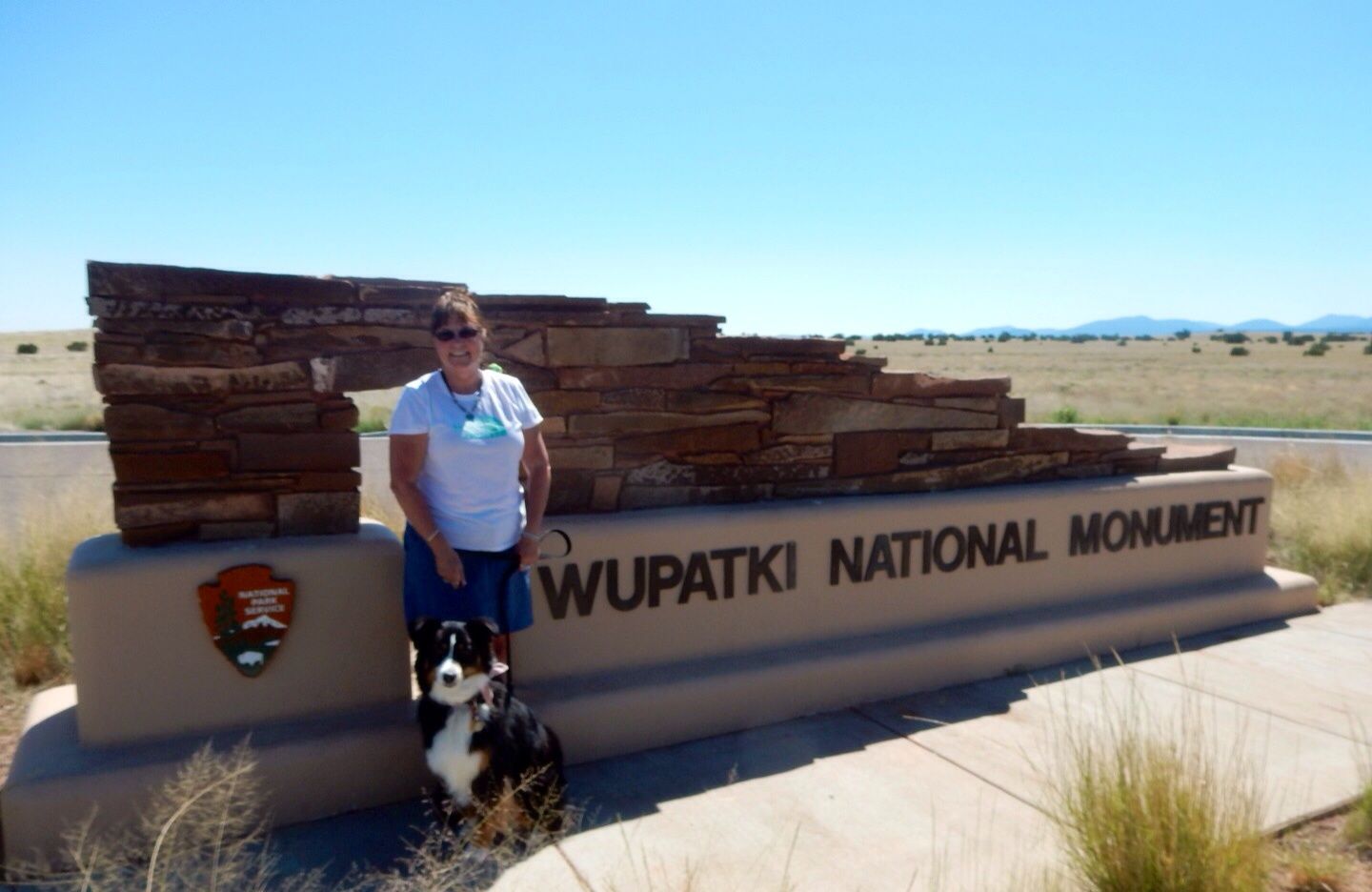
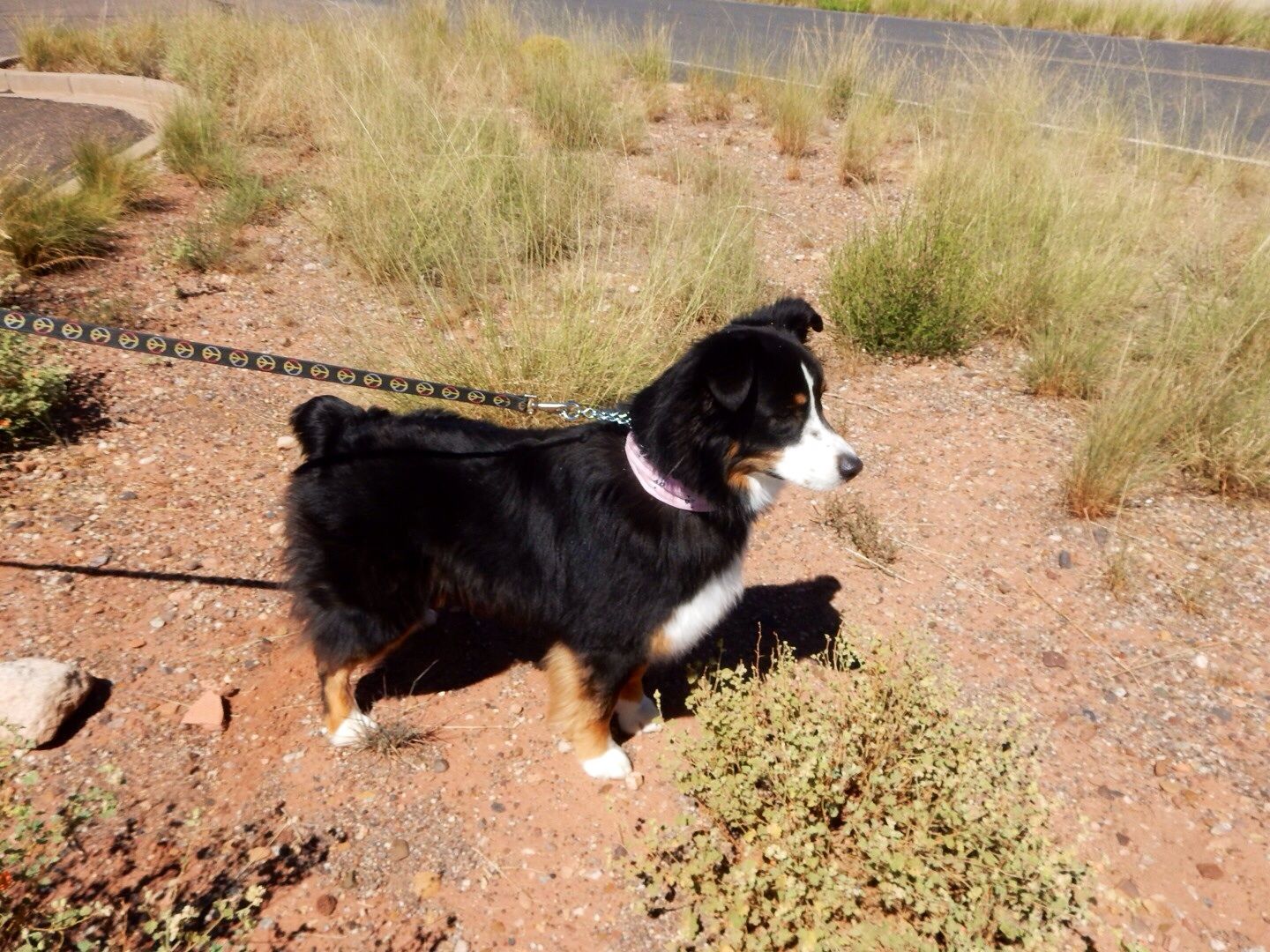
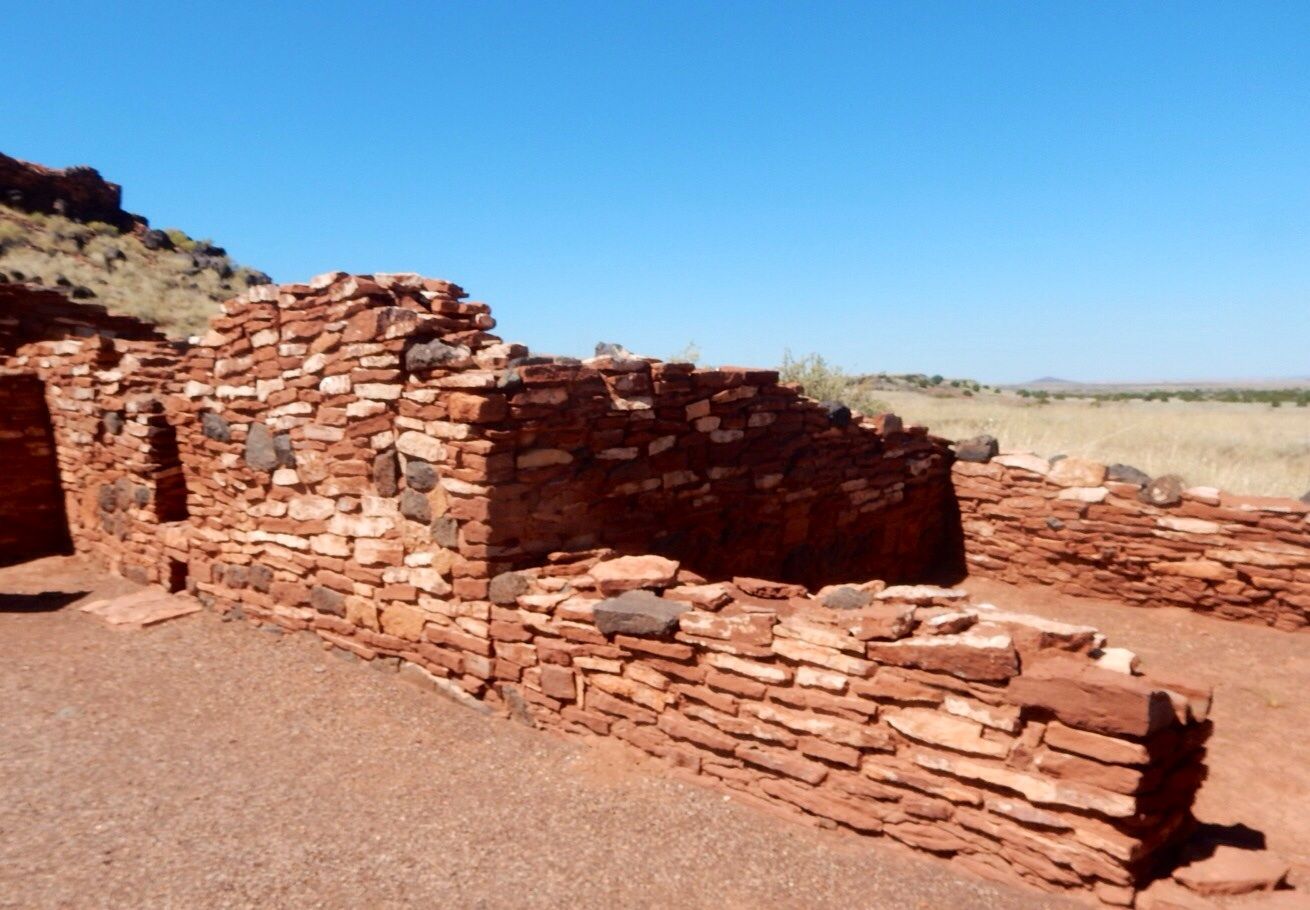
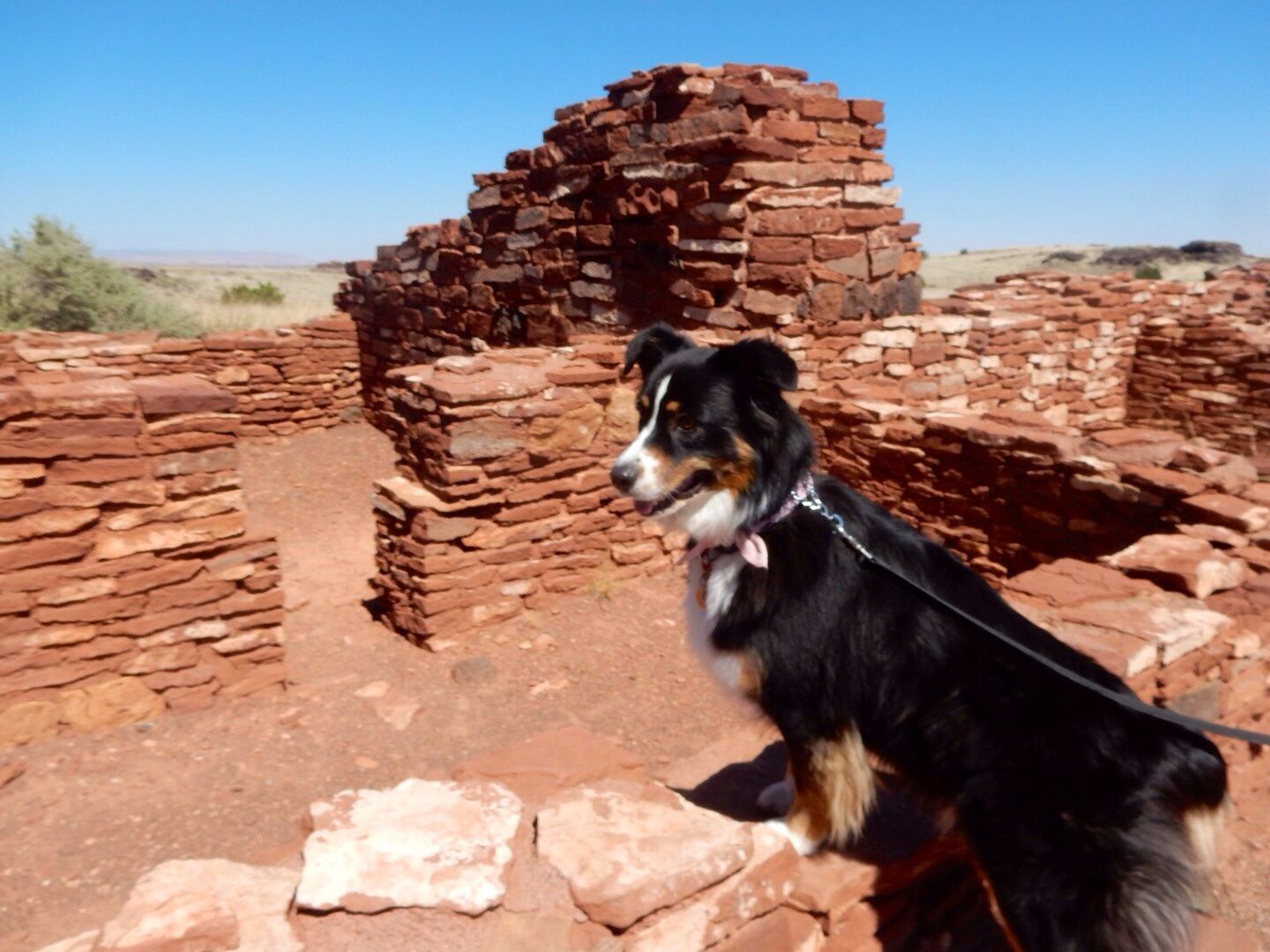

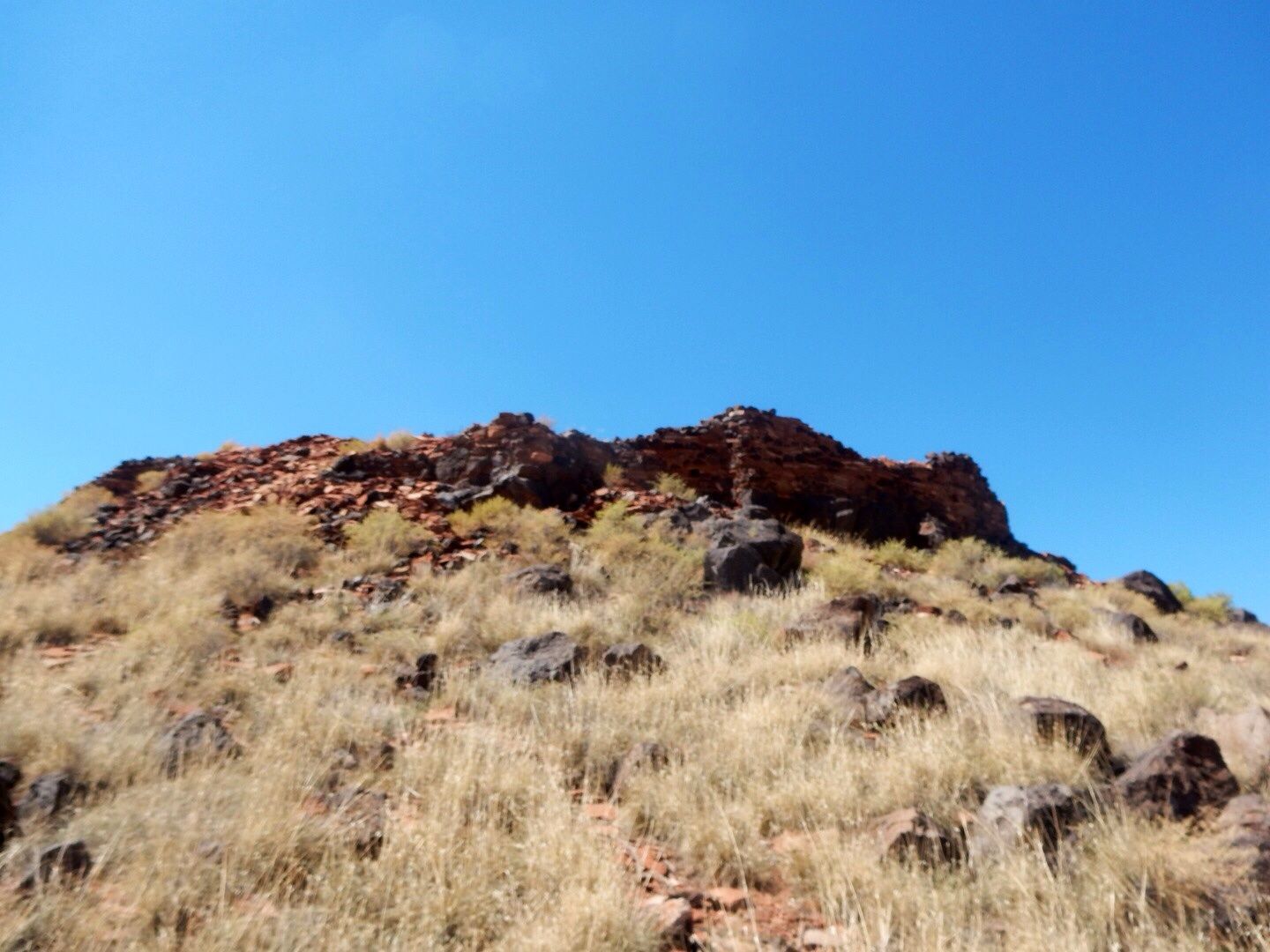
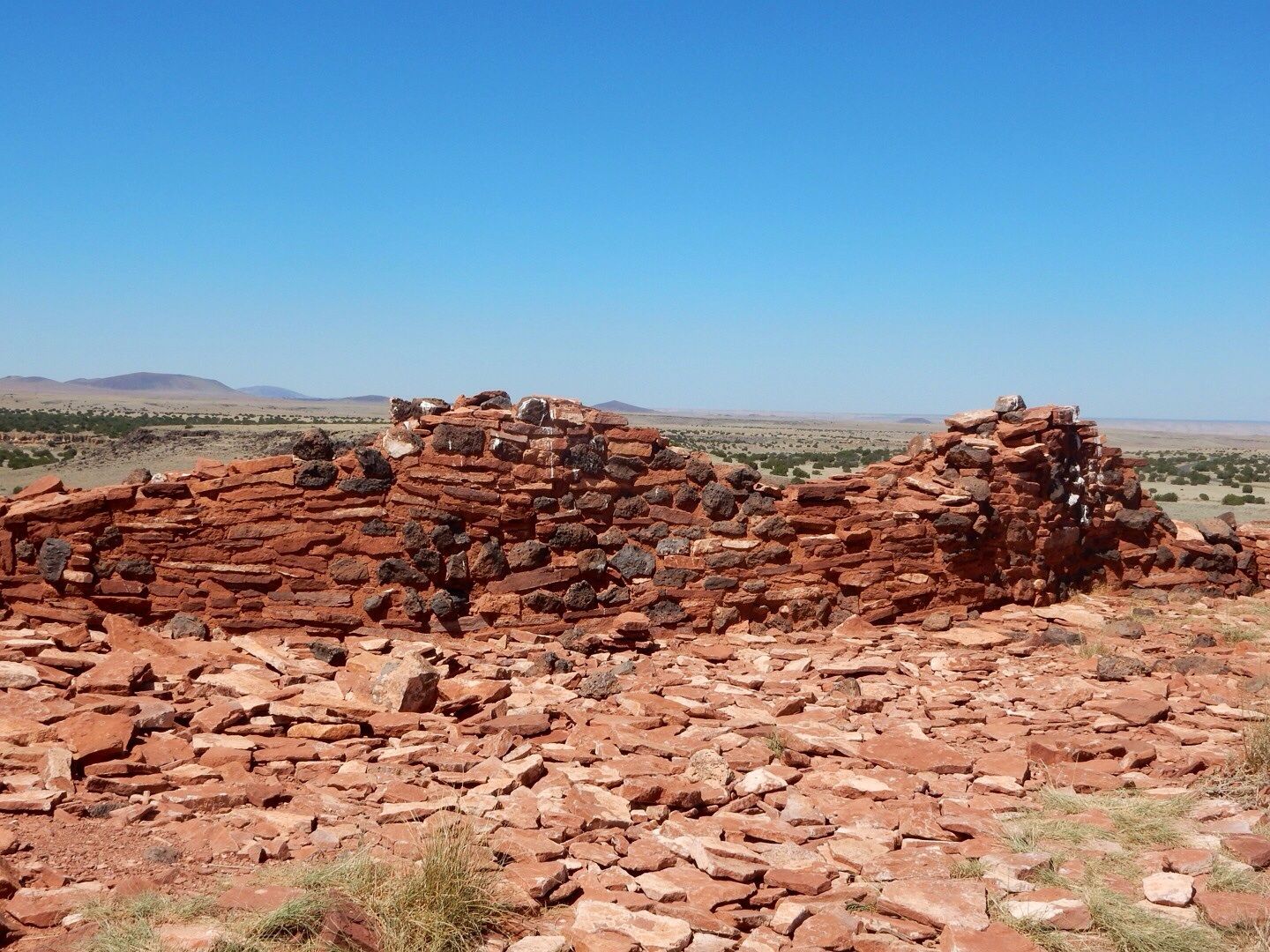
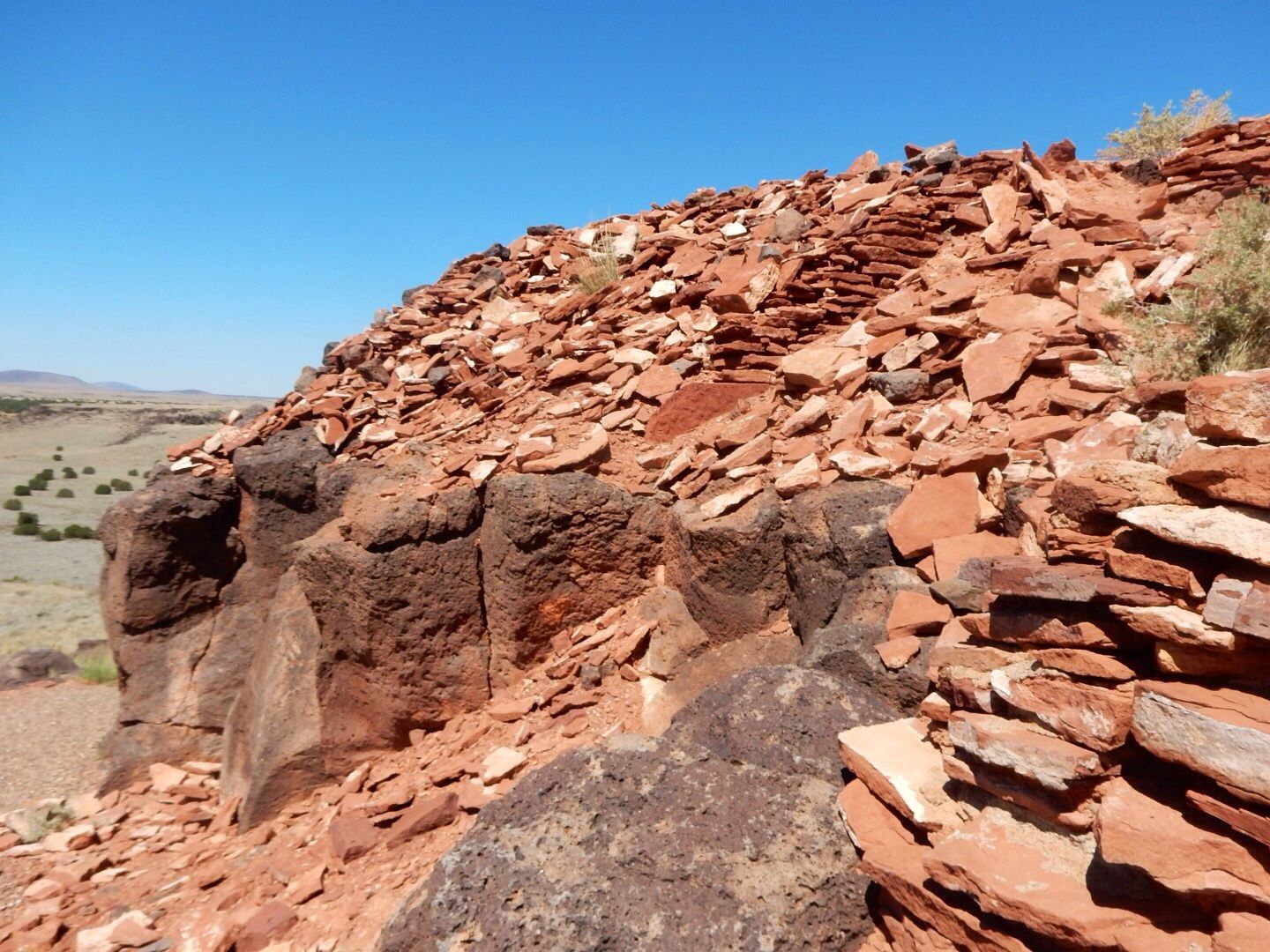
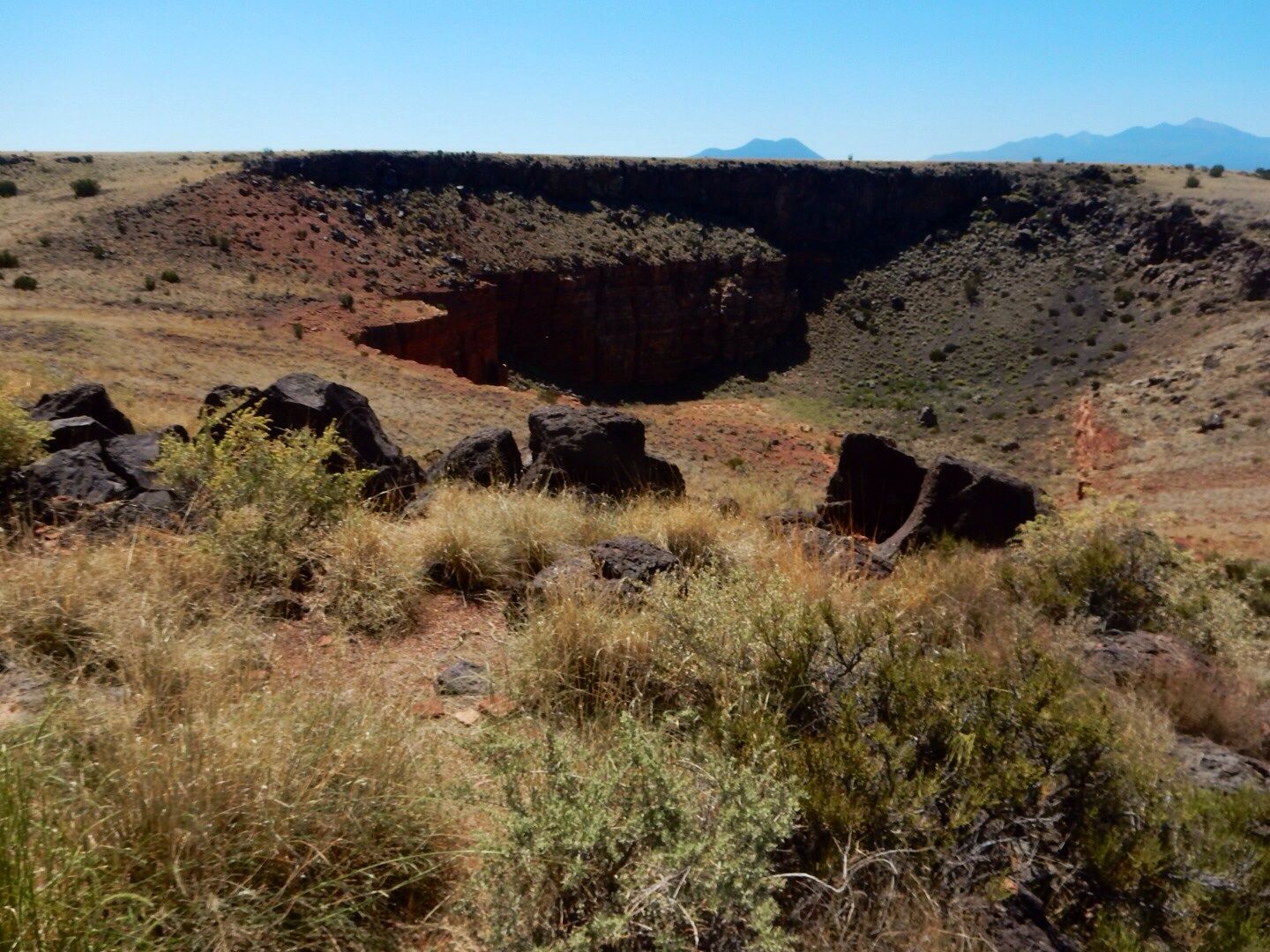



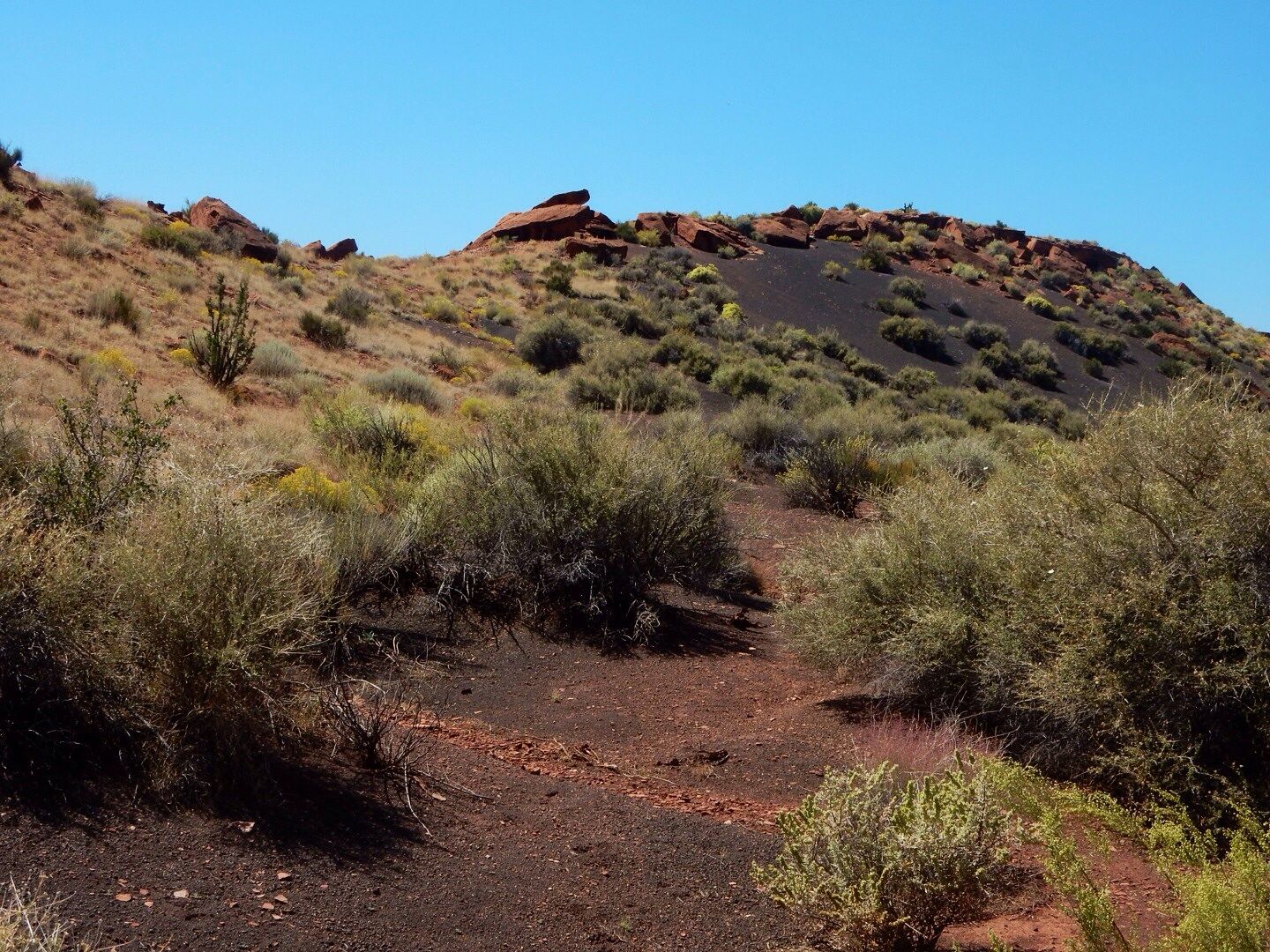
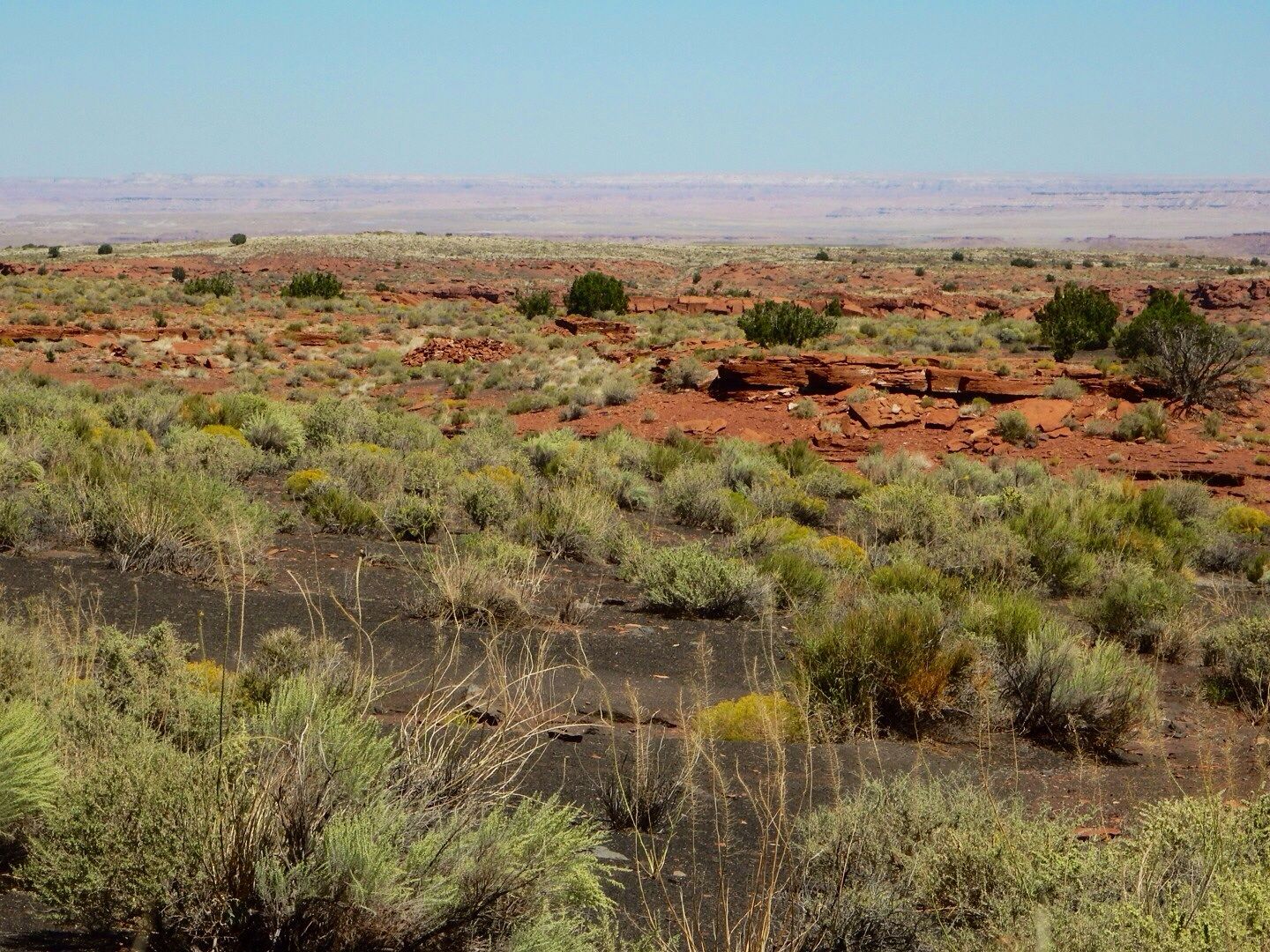

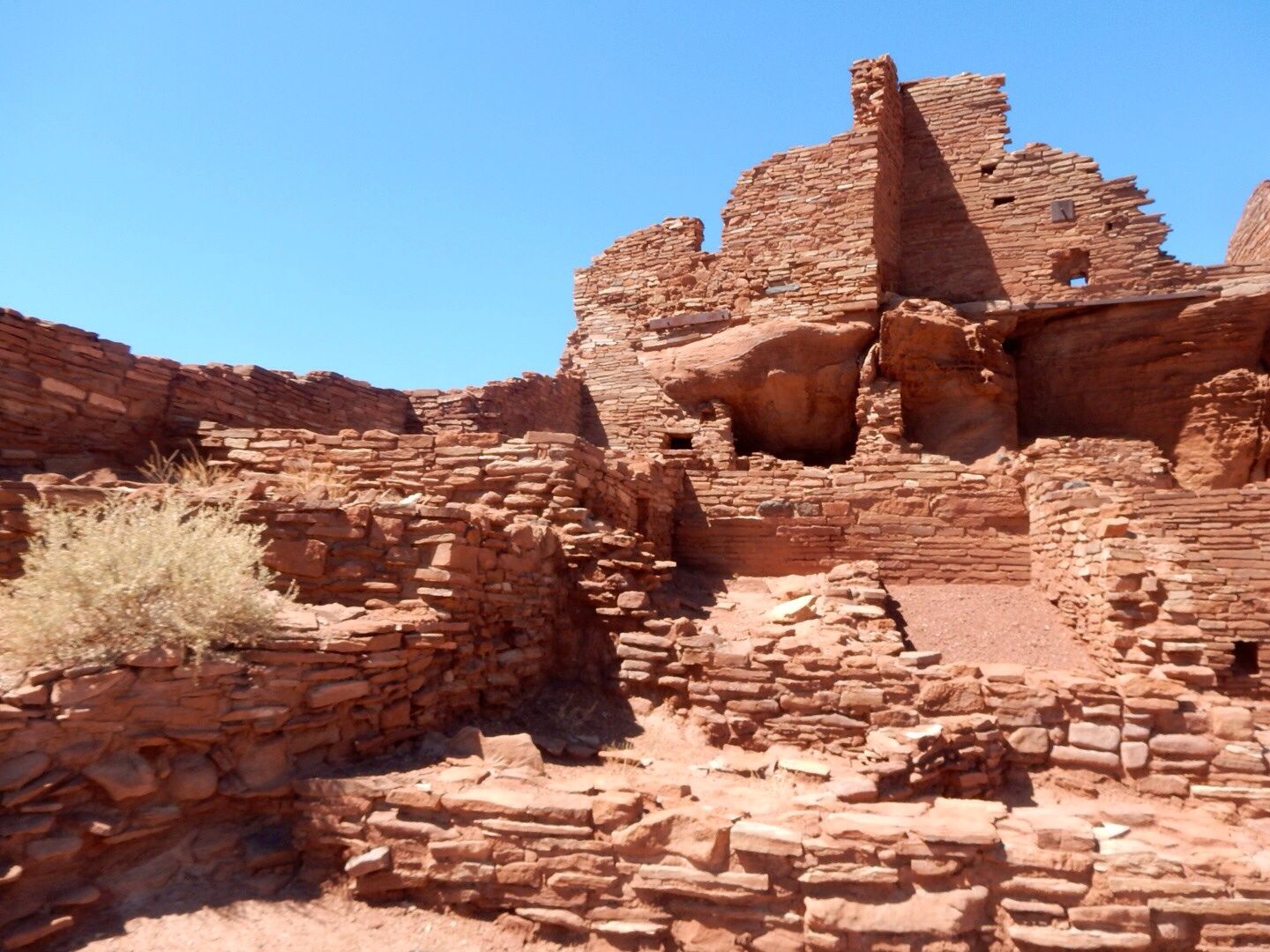
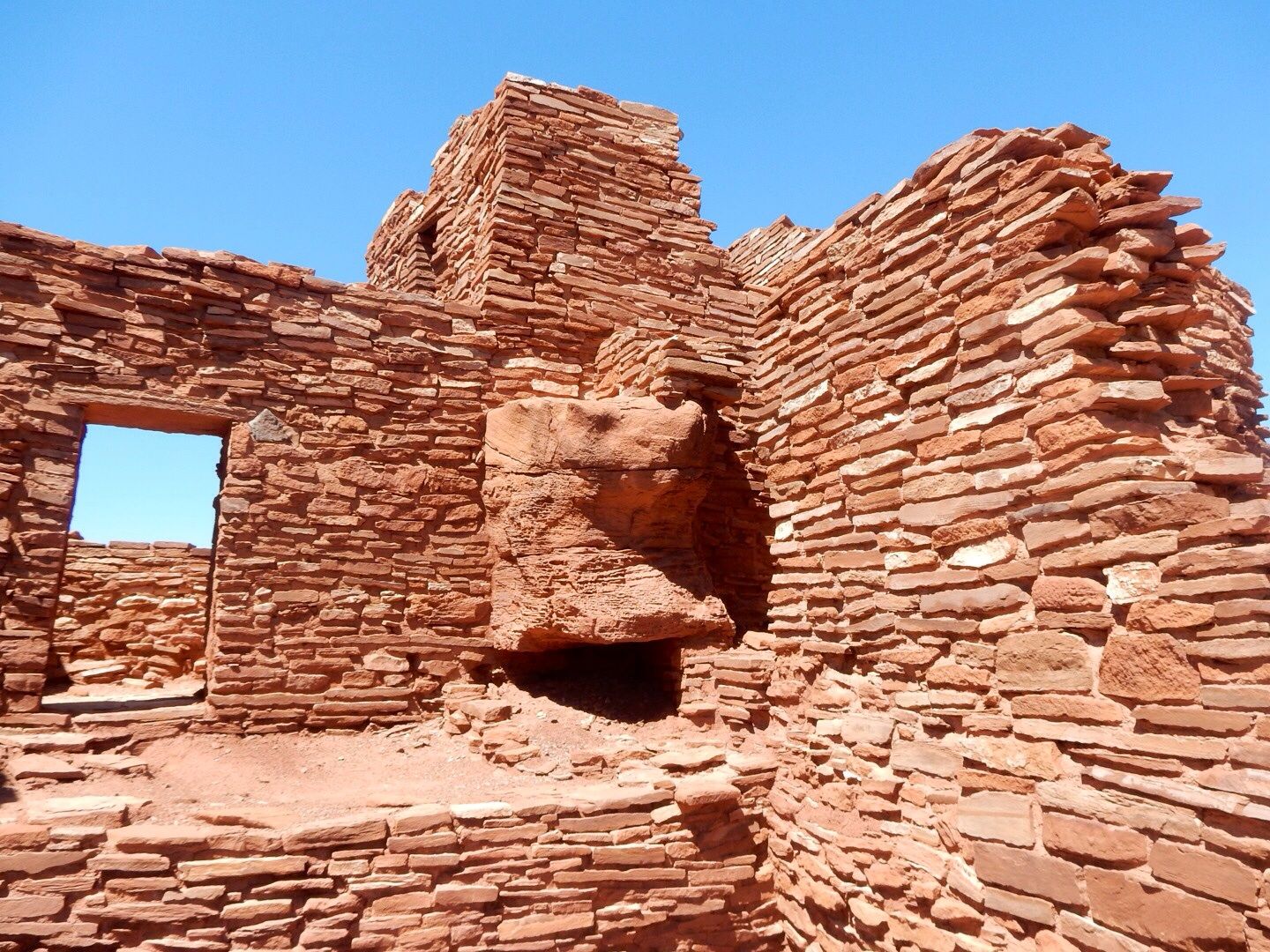
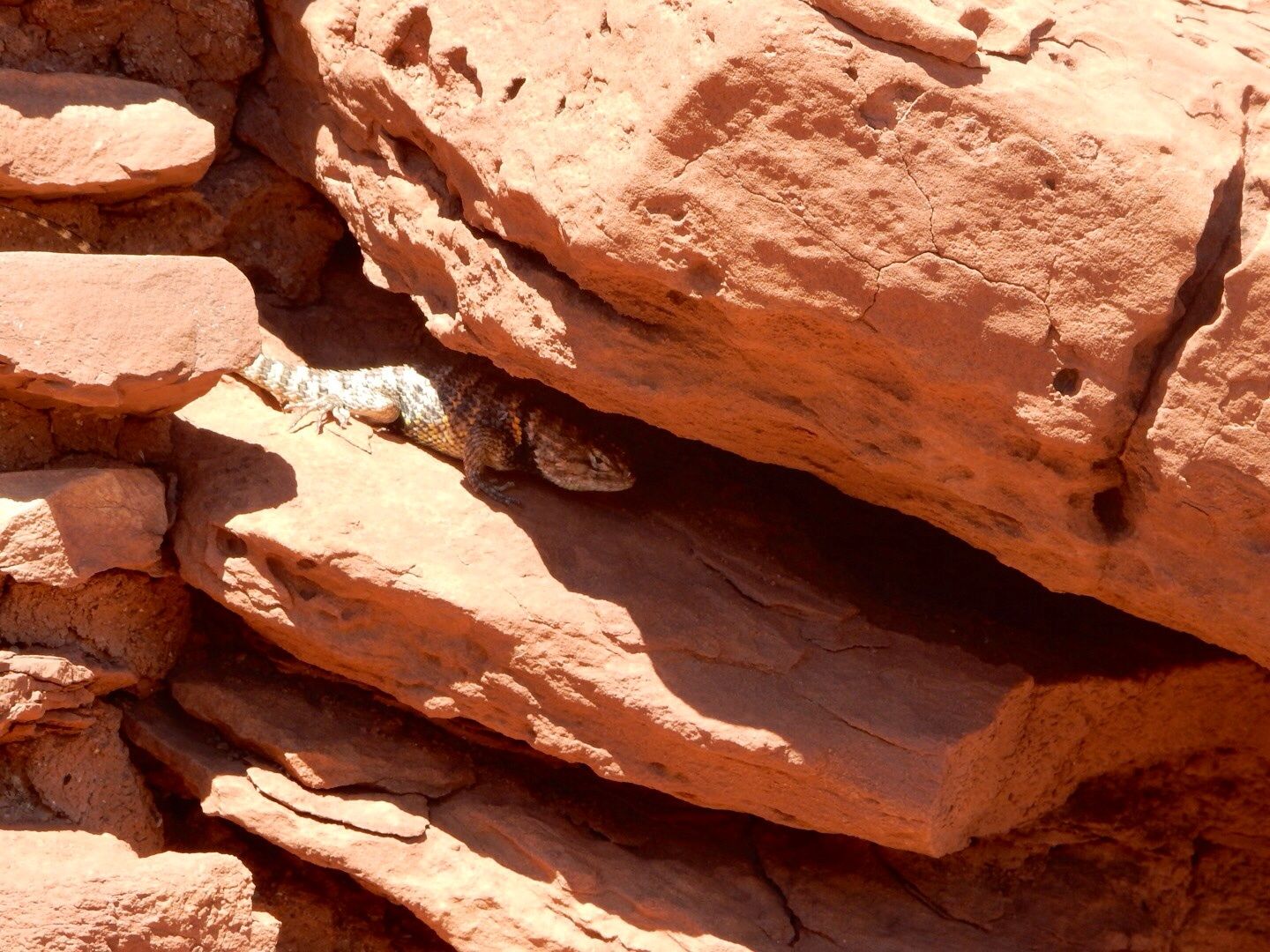
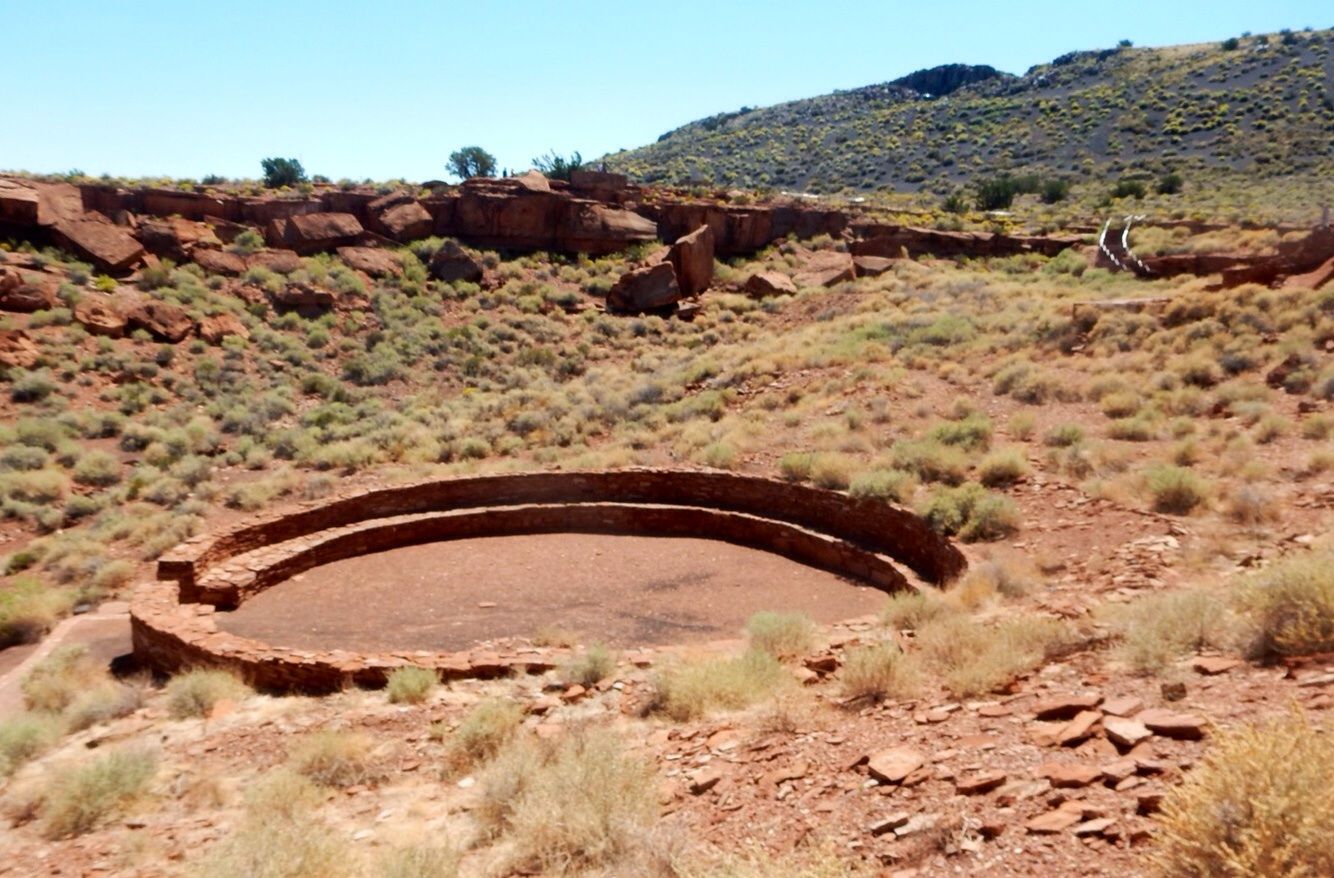
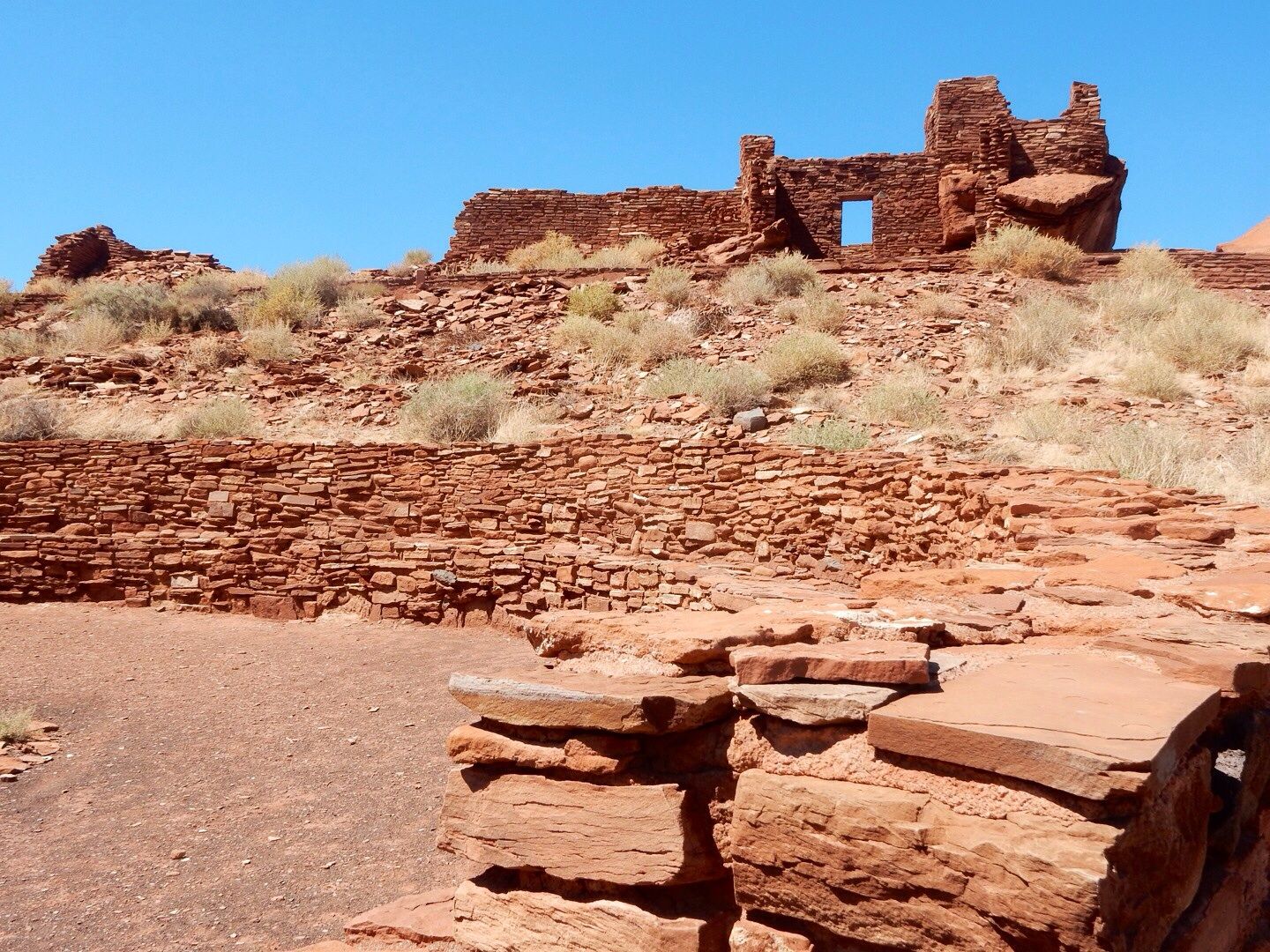

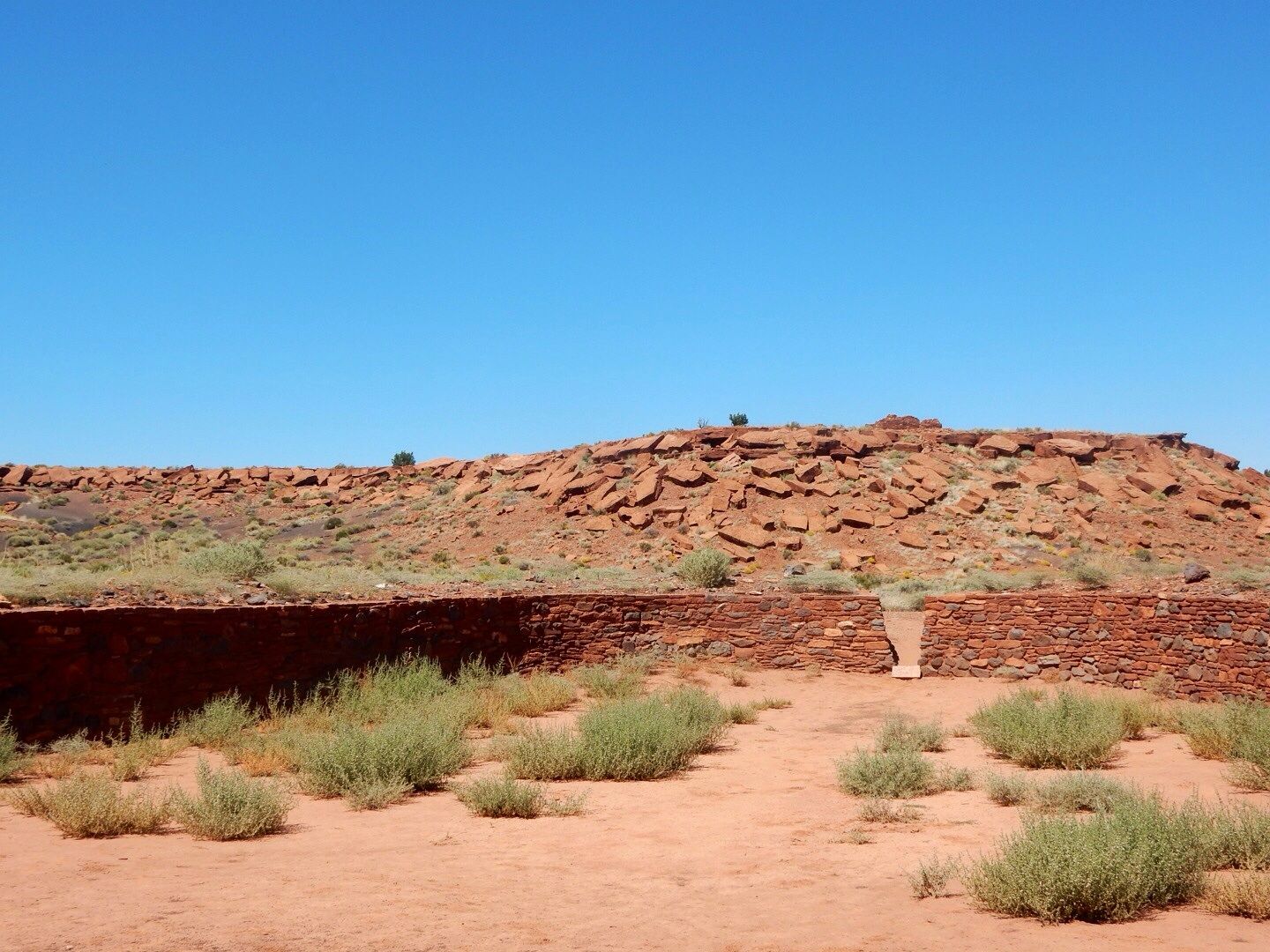
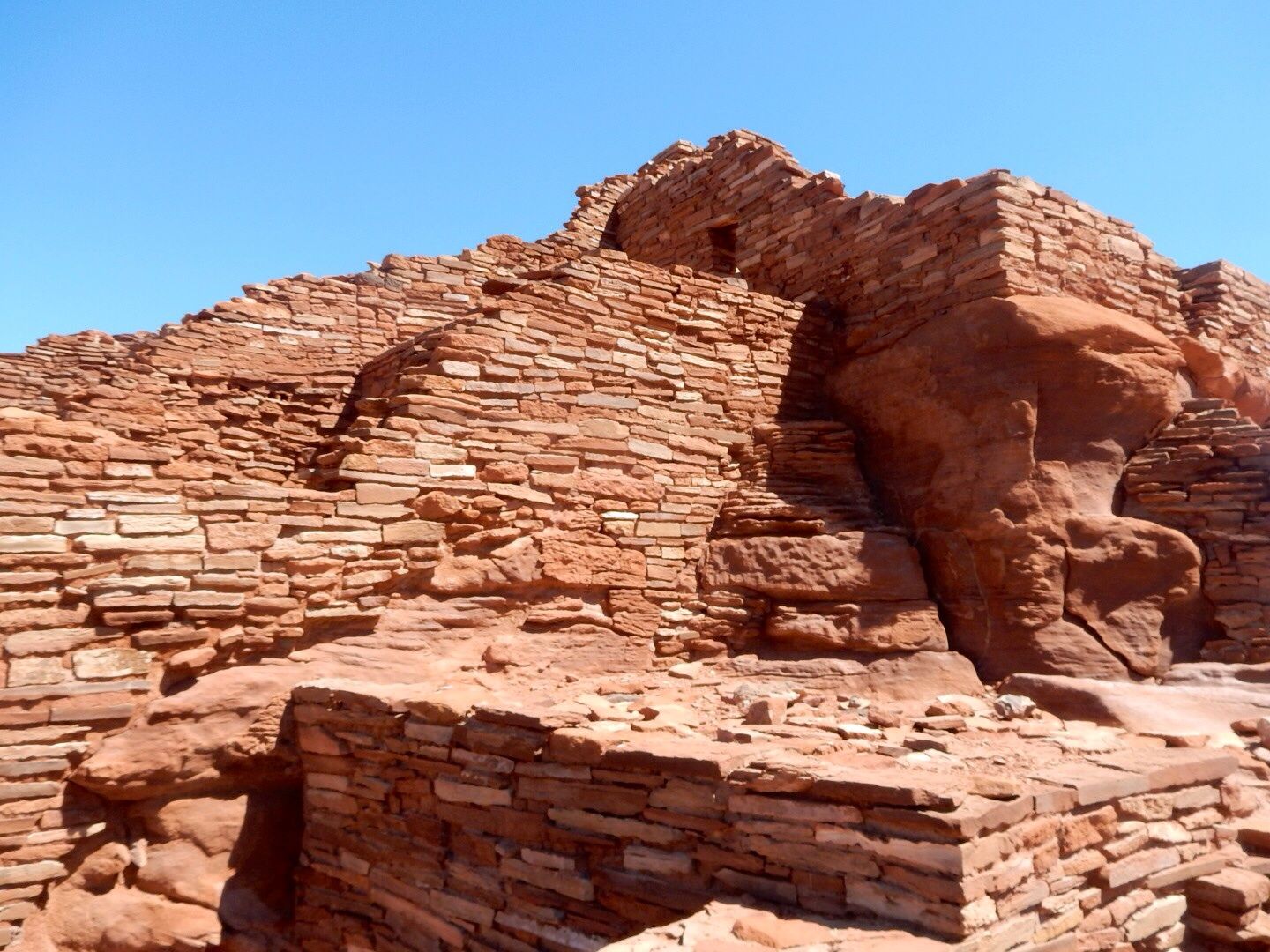
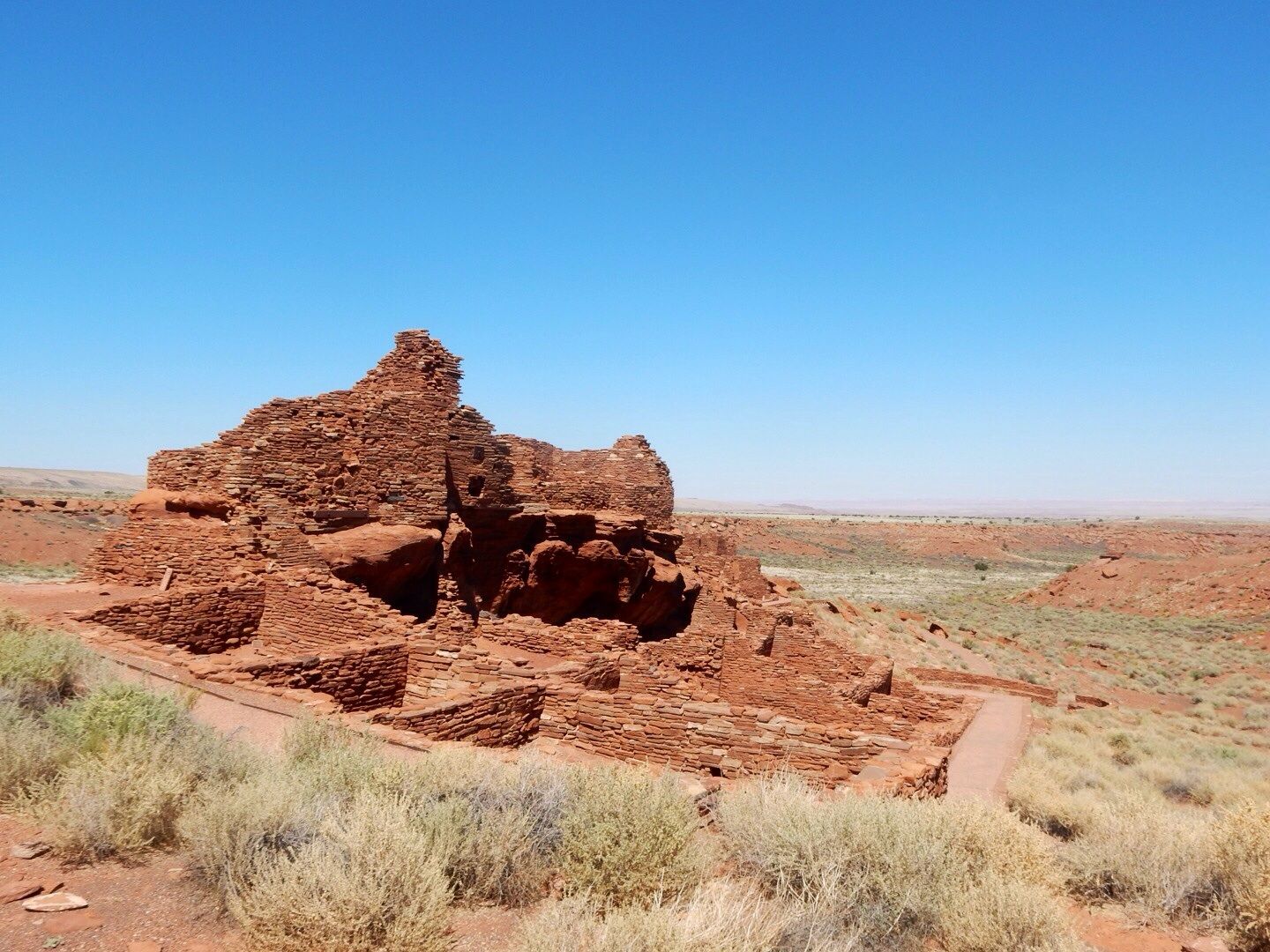
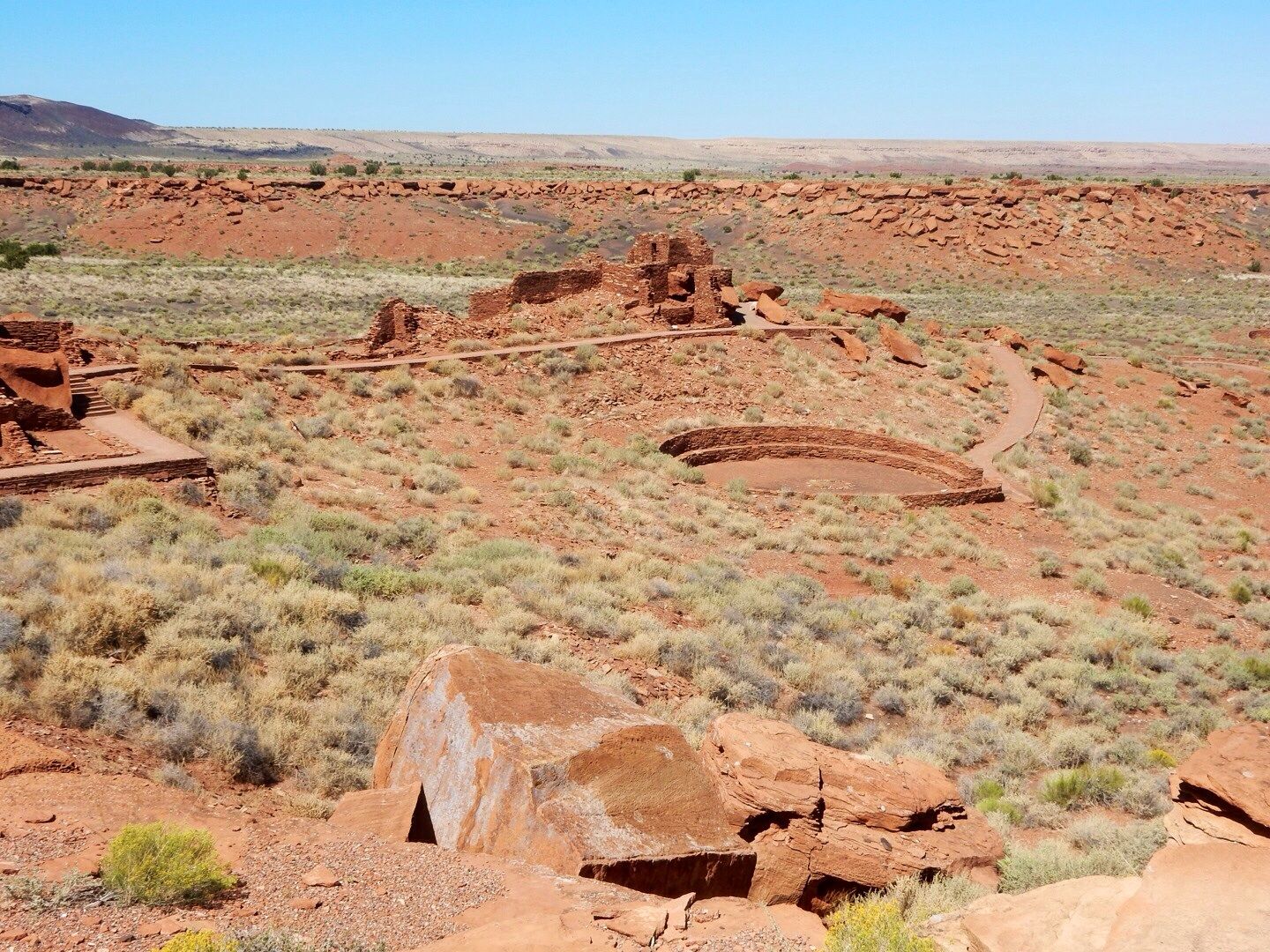
No comments:
Post a Comment